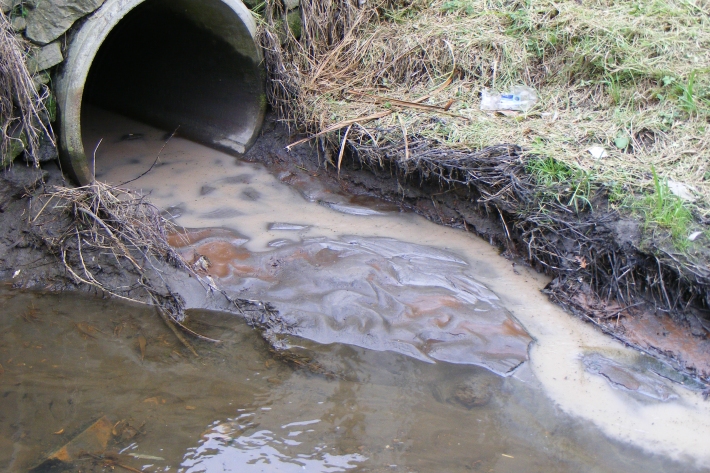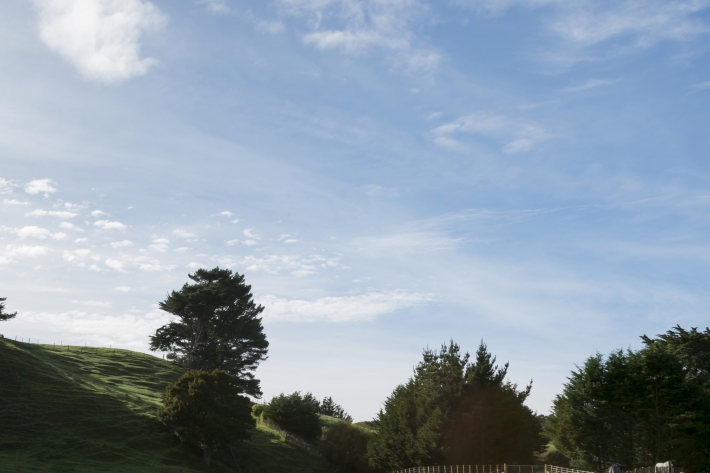-

Tuna - tuna heke (downstream migrants)
Every year, a proportion of eels mature and migrate to sea to spawn. Once eels become migrants (also known as tuna heke or tuna whakaheke) they stop feeding, and progressively develop the external features that clearly distinguish them from 'feeders'. -

Tuna - spawning grounds
All species of freshwater tuna spawn at sea, although the spawning grounds of only four species are known with certainty worldwide. -

Kaitiaki Tools
ServiceKaitiaki Tools is a store of knowledge for people who manage natural resources. -

Tuna aquaculture - New Zealand
New Zealand's first eel farm was established in 1971. Despite other farms opening in later years, no eel farms remained by the start of the 1980s. -

Instream barriers and altered water flow
Instream barriers and diversions alter the natural flow of rivers, streams, and lakes. -

Tuna - glass eels
Glass eels (about 5.5 to 7.0 cm) arrive in fresh water during spring, especially during September and October, although they may be present from July to December. -

Mitigation and best practice options
Some simple steps to minimise the effects of wastewater on water quality and mahinga kai. -

Tuna - elvers and recruitment
Once in freshwater, glass eels develop into darker pigmented juvenile eels known as elvers. -

Dry stock farming activities
Dry stock farms can cover large areas of hill-country grassland that may be steep and prone to erosion. -

Tuna - customary fisheries
There is no argument regarding the importance of tuna in the lives of Māori: this taonga species permeates, for example, place names, whakataukī, legends, waiata and artwork. -

Tuna - commercial fisheries
In export terms, the commercial eel fishery in New Zealand began in earnest in the 1960s and expanded rapidly until the early 1970s, peaking at slightly over 2,000 t (tonnes) in 1972.
